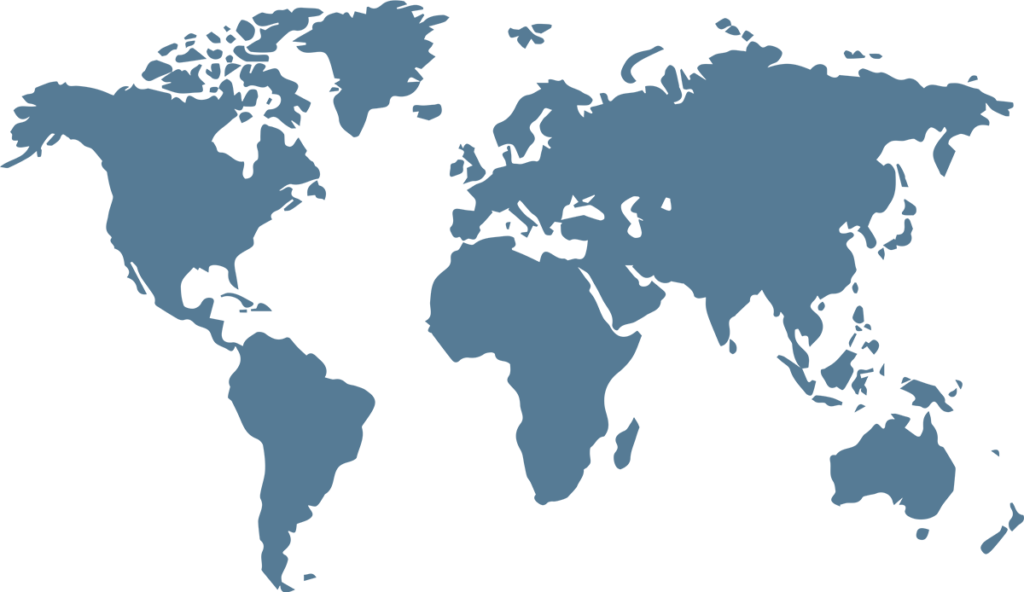Recently, during the opening of the Jakarta Muslim Fashion Week 2023, Vice President Ma’ruf Amin said that he wanted to see Jakarta or other Indonesian cities rank first in terms of Muslim fashion, like London, Paris, and New York, which have been global centers of fashion since long ago.
The goal is based on the rapid growth of Indonesia’s Muslim fashion industry in the past ten years.
Muslim fashion is playing a significant role in terms of exports.
In the first half of 2022, the contribution of Muslim fashion to the trade balance was quite significant at US$2.8 billion. The value reflected an increase of 39.86 percent compared to the same period in 2021, when it was recorded at US$2.04 billion.
The growth of Indonesia’s Muslim fashion industry has been inseparable from the increase in the contribution of business players and local designers, which has continued to grow.
Indonesian designers and brands have started introducing Indonesia’s Muslim fashion at international-level events.
For example, designer Itang Yunasz presented his work at the 2019 New York Fashion Week. Then, local brands such as Khanaan and Vivi Zubedi were featured at the 2021 Dubai Fashion Week.
In addition, recently, a brand called Klamby, which combines tenun (woven fabrics) and modest wear, participated in the 2022 London Fashion Week.
Developing potential
The State of the Global Islamic Economy Report issued in 2022 noted that globally, modest fashion, which is identical to Muslim clothing, is playing an important role in economic growth.
Ranked third as the industry that is most in demand by the Muslim community worldwide, in 2021, modest fashion raked in revenues of US$295 billion globally.
By 2025, its value is projected to grow by up to 6.1 percent to US$375 billion.
Indonesia, which is among the most prominent Muslim fashion players in the world, of course, is taking part in the growth of the industry.
The development of the country’s Muslim fashion potential is the key to achieving the goal of leading the global market.
One of the steps taken by the government to develop the potential is holding special events for local fashion industry players.
Various ministries, government offices, and sectors have collaborated to hold fashion events, which not only serve as spaces for appreciating the work of fashion industry players but also create standards for Muslim fashion and stimulate the growth of creative talents in the industry.
Some examples of such events are the Muslim Fashion Festival (MUFFEST), which involved the Ministry of Industry, and the Jakarta Muslim Fashion Week (JMFW), which was held by the Ministry of Trade.
According to the founder of Muslim fashion brand Kami, Istafiana Candarini, the government has played a significant role in capacity building, which has offered great benefits to micro, small, and medium enterprises (MSMEs).
“We received quite a lot of access to related industry players, such as yarn or fabric entrepreneurs, because of the government’s contribution, which bridges itself to collaborate,” Candarini said.
Of course, similar steps must be increased to ensure that the development of Muslim fashion talents is sustainable and involves all people, both beginners and professionals.
Apart from support from the government, efforts to develop the potential of Muslim fashion must also be carried out proactively by business players.
Currently, collaboration has become the key for business players to grow their businesses in all types of industries, including Muslim fashion.
Collaboration can help business players improve their product standards and provide inputs to each other’s creative ideas.
Besides other business players, collaboration can also be formed with other stakeholders in the Muslim fashion ecosystem.
For example, it can be formed between e-commerce platforms and business players, or between the government and business players, as well as between the government and e-commerce platforms.
To improve the potential of Muslim fashion, business players can also seize the potential from the cultural aspect. The wastra (traditional fabrics) of various regions in Indonesia can be used to make Muslim fashion products.
For example, batik and tenun are found in various regions of the country. Those fabrics can be developed with the creative ideas of local industry players.
The use of wastra in Muslim fashion can also become an advantage for Indonesia. Besides showcasing the uniqueness of Indonesia’s traditional fabrics, the use of wastra can also introduce Indonesian culture to foreign countries in a more stylish way.
By continuously moving forward, it is not impossible that Indonesia’s goal of becoming the center of global Muslim fashion can be realized and present a proud achievement, not only in terms of the nation’s fashion image but also the contribution to the national economy.
Source : International Quran News Agency


